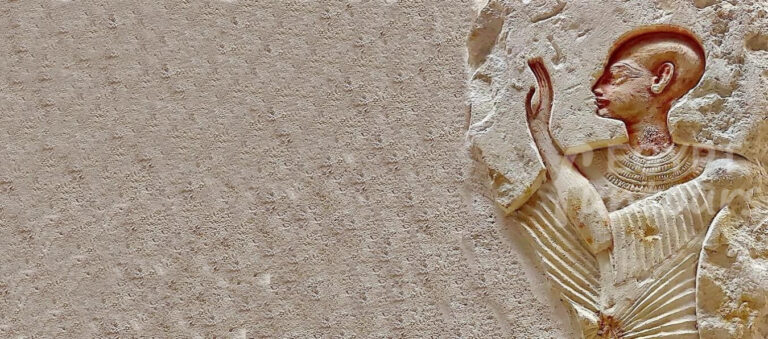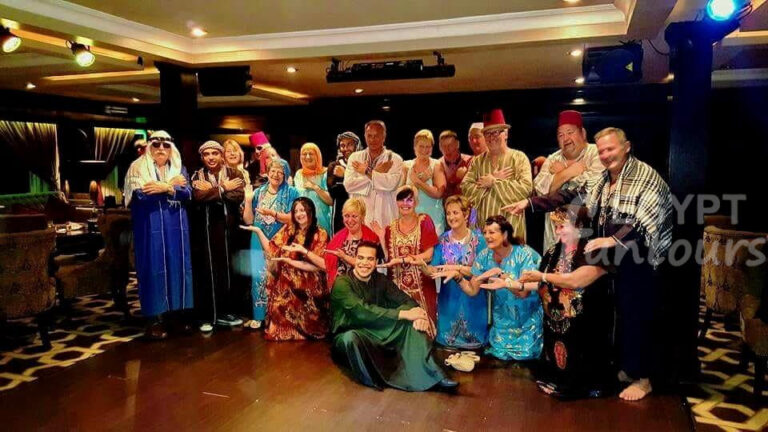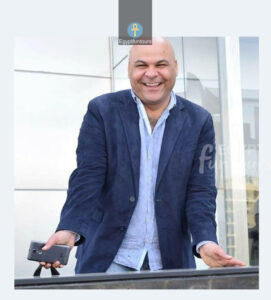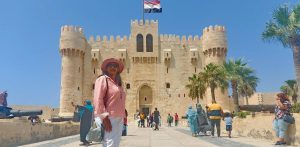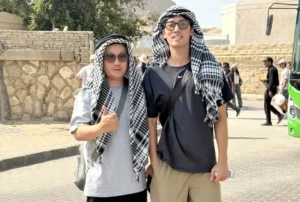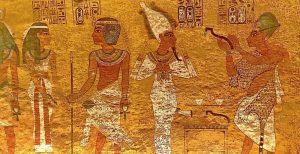Ancient Egyptian Royal Crowns
Pharaohs were not just political leaders. They were living gods. Consequently, their clothing reflected this divine status. Their headwear was the most important element. Ancient Egyptian Royal Crowns were more than just adornments. They were potent symbols of authority. Each crown had a unique history and meaning. These crowns represented a pharaoh’s power over his kingdom. They showed his sacred connection to the gods. They solidified his role as Egypt’s supreme ruler. Wearing a crown was a public declaration of legitimacy.
The Dueling Crowns: Upper and Lower Egypt
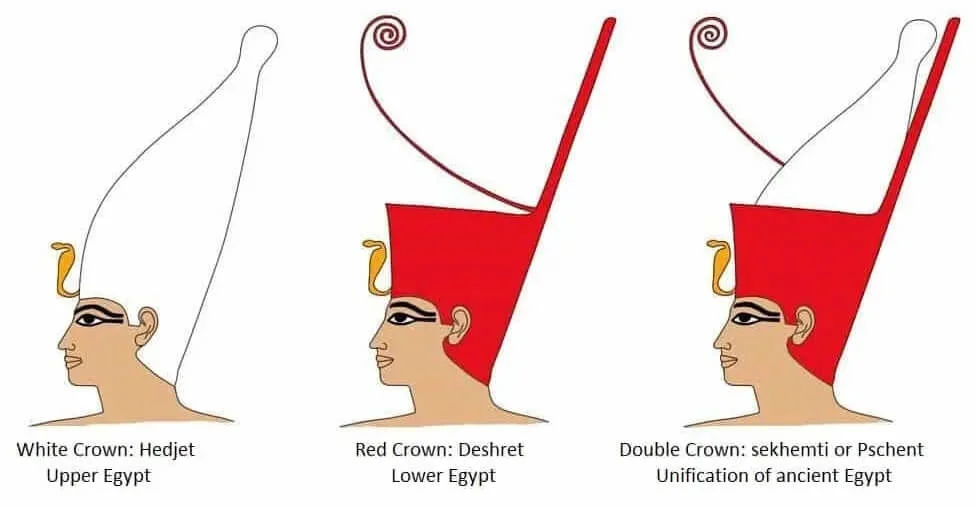
Significantly, the most famous Ancient Egyptian Royal Crowns represented two distinct halves of the kingdom. These crowns told a story. They chronicled a divided land that a pharaoh eventually united.
First, consider the White Crown, called the Hedjet. It was a tall, conical crown. It narrowed to a rounded top. This striking crown symbolized Upper Egypt. This was the southern portion of the country. It was known for arid deserts and rocky cliffs. The pristine white color was a deliberate choice. It was associated with the powerful vulture goddess Nekhbet. Nekhbet was a fierce protector of the pharaoh. She was Upper Egypt’s patron deity. When a pharaoh wore the Hedjet, he asserted his control. He showed his divine mandate over the southern lands.
Next came the Red Crown, called the Deshret. This crown had a different shape. It was a flat, red cap. It had a high back and a distinct spiral coil. The Red Crown represented Lower Egypt. This was the fertile Nile Delta region. Its vibrant red color linked it to the fiery cobra goddess Wadjet. Wadjet was Lower Egypt’s patron deity. By wearing the Deshret, the pharaoh demonstrated his authority. He ruled the rich agricultural lands and population centers of the north.
The Ultimate Symbol of Unification: The Pschent
Finally, the Pschent, or Double Crown, was the pinnacle of all Ancient Egyptian Royal Crowns. This clever design was a pharaoh’s most powerful visual statement. The Pschent combined the White Crown and the Red Crown. It created a single, cohesive unit. This crown was more than a symbol of dual rule. It was a testament to the pharaoh’s achievement. He had brought the “Two Lands” together. When a pharaoh donned the Pschent, he proclaimed his mastery. He ruled the entire kingdom. This act solidified his place in history. He was the true unifier of Egypt. He had achieved divine order and harmony.
Beyond the Double Crown: Other Important Royal Regalia
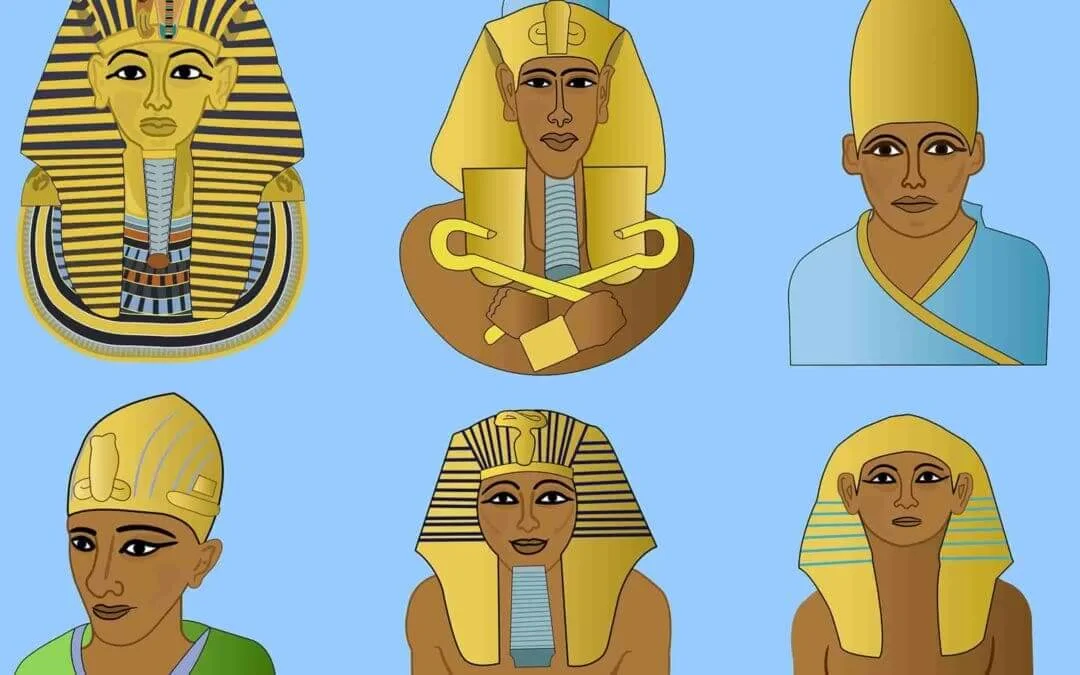
While the Pschent was the most iconic, pharaohs had a diverse wardrobe of crowns. They wore them for specific occasions. Each piece served a distinct purpose. They all carried unique symbolic meanings.
Atef Crown
First, the Atef Crown was ceremonial. It had deep religious significance. It was a variant of the White Crown. Two large ostrich feathers flanked it. It also had a central sun disk. The Atef Crown was directly associated with Osiris. Osiris was the revered god of the afterlife. Pharaohs often wore this crown during religious ceremonies. It symbolized their connection to life, death, and rebirth. This further solidified their role as divine kings.
Khepresh Crown
Another significant headdress was the Khepresh. It was a blue, helmet-like crown. People often called it the War Crown. Unlike the ceremonial crowns, the Khepresh was a practical symbol. It represented the pharaoh’s military might. Artists frequently depicted pharaohs wearing it. They showed him conquering his enemies. When a pharaoh wore the Khepresh, he projected an image of strength. He showed his victory and unwavering power in battle.
Finally, the Nemes Headdress was a recognizable symbol. It was not a crown itself. This striped headdress was typically gold and blue linen. A pharaoh wore it over his hair. Sometimes it was combined with a crown. It was a simple yet effective symbol of royal power. It was a fundamental part of a pharaoh’s regalia. The Nemes is perhaps most famously seen on Tutankhamun’s burial mask. It represents the divine and everlasting nature of the pharaoh.
The Enduring Significance of the Crowns
Each of these Ancient Egyptian Royal Crowns was more than clothing; They were tools of power forming a visual language everyone understood. They:
- Established Legitimacy: The crowns were a visible sign of the pharaoh’s divine right to rule.
- Connected to the Gods: Each crown is linked to specific deities. This aligned the pharaoh with cosmic forces.
- Represented Dominion: The crowns visually communicated the pharaoh’s control. He ruled all parts of Egypt.
- Projected Power: The crowns’ imposing appearance projected an image of wealth. They showed authority and divine protection.
The enduring fascination with Ancient Egyptian Royal Crowns comes from their ability to tell a comprehensive story. This civilization masterfully blended politics, religion, and art. The crowns are a timeless testament to the elaborate rituals and profound beliefs that defined a magnificent empire.

